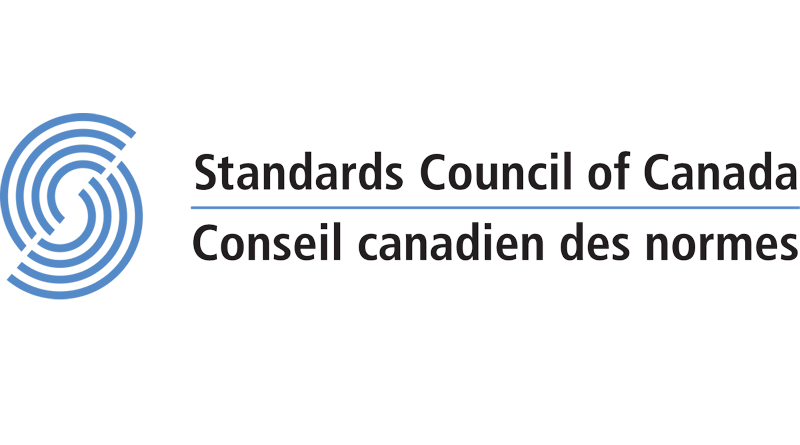eTEA Standards Newsletter 5
Dear eTEA colleagues,
The eTEA standards project has been continually in development since our last newsletter. The draft of the eTEA standard has evolved over the past year after consultation from many international ISO committee members, the Canadian eTEA Advisory Group, and various colleagues and stakeholders.
1. The proposal is going to formal ballot soon
This month, the Canadian ISO Mirror Committee gave final approval to submit the New Work Item Proposal (NWIP) for formal balloting, which we expect to be formally submitted soon. Once it goes to ballot, the countries which are members of the ISO Technical Committee 207 Subcommittee 5 (Life Cycle Assessment) will have a formal period of consideration and then a vote. In order to proceed, at least 5 countries will need to nominate technical experts to participate in the development of the written standard, in addition to a sufficiently large number of supporting votes.
2. General framework
Over the past two years of discussions with stakeholders, the format of the proposed Technical Specification (TS) has changed considerably. The new plan is to present two separate TSs.
The first TS will provide a framework, guidance, and requirements for conducting an eTEA. This proposal will be quite general to all products and product systems, and no longer will focus on Industrial and Energy Process Systems as originally planned. This TS will be similar in nature to ISO 14040/14044 which define Life Cycle Assessments and follow a similar structure. This TS will not require any particular parameters to use, but rather, provide the guidance for selecting and communicating them. Some of most important parts of this TS will define the basis of production, which defines the products and their scale as conducted by the TEA portion, in an analogous fashion to how the functional unit is defined in an LCA, but with different boundaries (the boundaries of the business unit) and with scale as an important factor.
The second TS, which is not up for ballot and will come only after the first TS is fininshed, will describe and define what is called a Parameters Document (PD). A PD is essentially a defined list of parameters, specific numbers, constraints, boundaries, and decisions that define how an eTEA is conducted. The purpose of a PD is to allow third parties to create a specific set of parameters which many others can follow when conducting eTEAs. This will then allow for direct comparisons between different eTEAs that are conducted using the same PD. Anyone can create a PD for any type of product or system. This second TS only defines how those PDs will be created, it will not contain specific parameters for others to follow.
3. What you can do
We thank you for your interest and help so far. The best way for you to help the project proceed is to join the ISO TC 207/ SC5 mirror committee for your respective country. This way, you can offer to serve as a technical expert in the development of the formal draft as a representative of your country. We need at least 5 countries represented as technical experts in order for the standard to continue. Contact standards@psecommunity.org if you need help in doing this.
Otherwise, assuming the proposal passes ballot and the TS enters the development stage, it will be possible to provide feedback through the Canadian eTEA Advisory Group. Those of you that have not already participated there will have another chance to join when the time comes. This is an informal way to participate whose purpose is to advise the Canadian technical experts.
Please let me know if you have any questions!
Thanks,
Thomas A. Adams II

